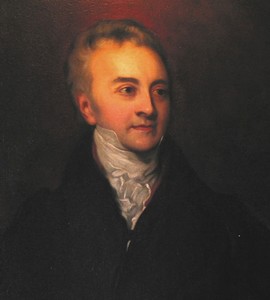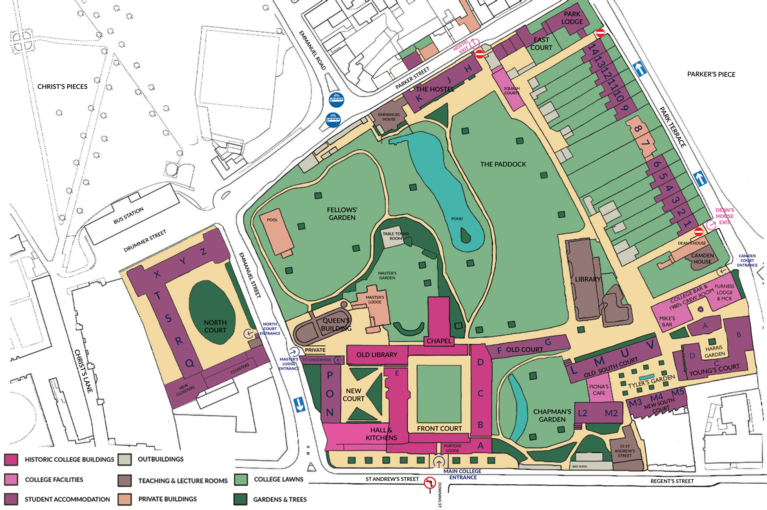Thomas Young (1773 - 1829)

A genuine polymath. A physician who developed the wave theory of light, devised Young's modulus and deciphered Egyptian hieroglyphs using the Rosetta stone
Thomas Young's amazing capacity for knowledge showed early: he had read the Bible through (twice) by the age of four; while still a boy he acquired a prodigious mastery of languages both ancient and modern; and he read avidly on the natural sciences, both practical and theoretical. A paper by him on the mechanism of accommodation of focus in the human eye, communicated in 1793 through his uncle Dr Brocklesby, a prominent London physician, resulted in his election to a Fellowship of the Royal Society when he was barely twenty-one. He had already studied medicine at London, Edinburgh, and Göttingen, and was a qualified doctor when he came to Emmanuel as a fellow-commoner in 1797, to add the Cambridge medical degree which would open to him the doors of the Royal College of Physicians.
While at Cambridge, Young produced an important paper in which he drew attention to analogies between the transmission of sound and of light; and an attractive tradition has it that he first observed the phenomenon of 'interference' in the ripples set up by two swans on the Emmanuel pond. This phenomenon, as apparent in the famous experiment of 'Young's slits', was important to his arguments for a wave theory of light, first propounded in his Bakerian lectures to the Royal Society in 1801 and 1803. At the same time he produced the first satisfactory explanation of colour-vision, by recognising that the phenomenon of light being a 'mixture' of three' primary' colours is due to the retina of the human eye containing three kinds of receptors, sensitive to different frequencies.
Young had inherited in 1799 his uncle's fortune and his house in Park Lane, and on leaving Emmanuel set up in practice in London. In 1801 he was appointed Professor of Natural Philosophy at the Royal Institution, and besides his lecturing there he devoted his research attentions to a wide variety of topics in both theoretical and applied science. He ran the Nautical Almanack, and developed a theory of tides; he advised on the introduction of gas lighting in London; he was foreign secretary to the Royal Society; he devised 'Young's modulus' to quantify elasticity. In 1814 he applied his reasoning powers and his linguistic skill to the Rosetta Stone, and was the first to show that the hieroglyphs had phonetic and not merely ideographic values - a discovery essential to the subsequent progress in the decipherment made by Champollion.
Young's monument in Westminster Abbey describes him as a 'man alike eminent in almost every department of human learning'. That is no exaggeration.

